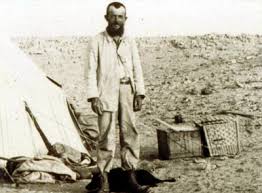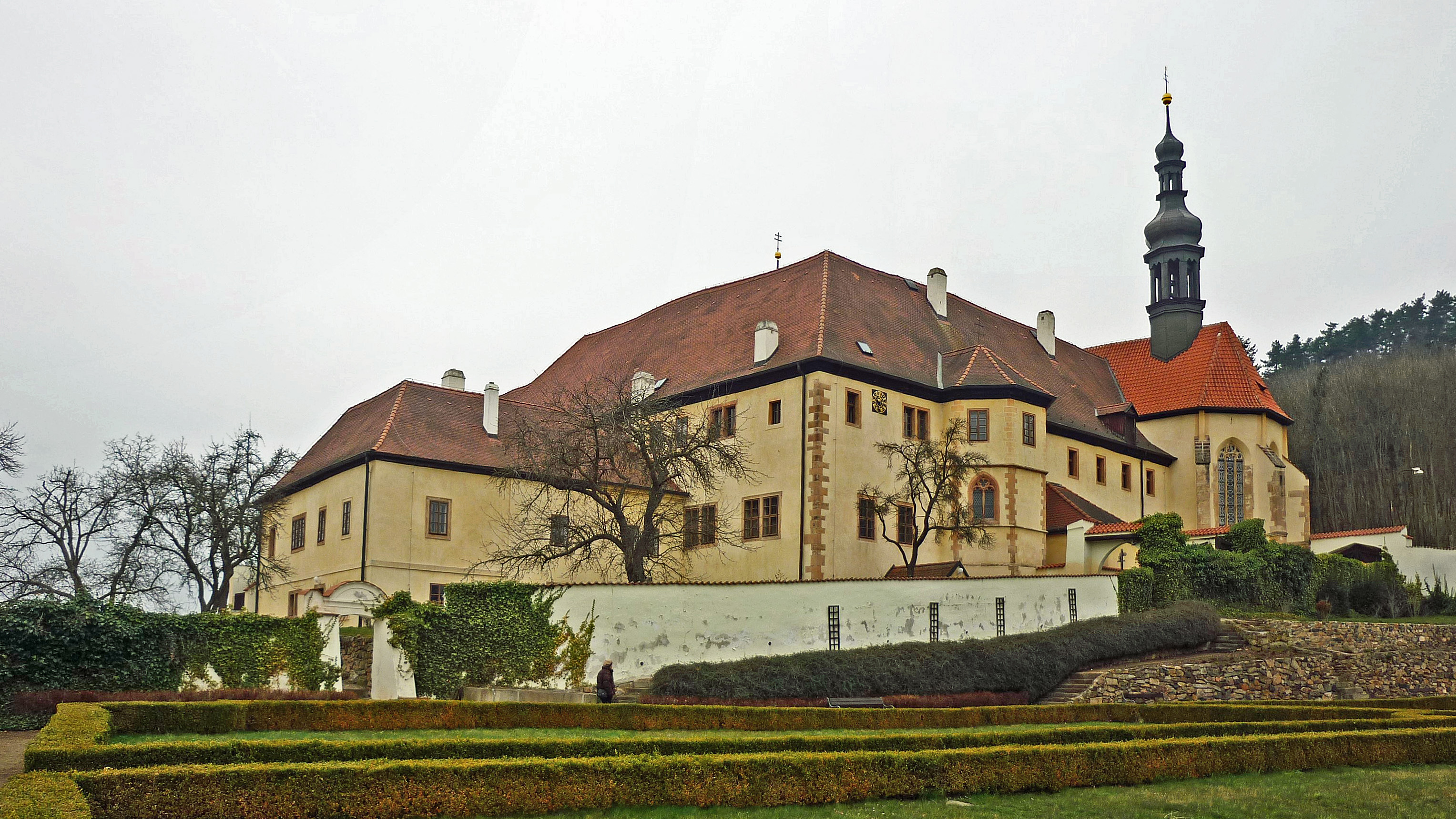|
Přísečnice
Přísečnice () was a mining town in what is today the municipality of Kryštofovy Hamry in the Ústí nad Labem Region of the Czech Republic. It was located in the Ore Mountains. Name The town got its Czech name from the Preßnitz, stream of the same name that flowed through it. The German name was created by distortion of the Czech name. Another possible origin of the town's name is the Czech hydronym ''breznica''. History The origins of the town are unclear. The surrounding area had been used by people in prehistory, but the oldest known archaeological evidence of medieval inhabitance in the area was a pyrotechnical object from the turn of the thirteenth century, this was located about 1.5 kilometers southeast of the town. Přísečnice once sat on an important trade route from Saxony to Bohemia. The road to Bohemia spanned from Saxon Zwickau via Schlettau to Přísečnice, from where two branches continued into the Bohemian interior; the first spanned via Domašín, Louch ... [...More Info...] [...Related Items...] OR: [Wikipedia] [Google] [Baidu] |
Kryštofovy Hamry
Kryštofovy Hamry () is a municipality and village in Chomutov District Chomutov District () is a district in the Ústí nad Labem Region of the Czech Republic. Its capital is the city of Chomutov. Administrative division Chomutov District is divided into two administrative districts of municipalities with extended ... in the Ústí nad Labem Region of the Czech Republic. It has about 200 inhabitants. Administrative division Kryštofovy Hamry consists of four municipal parts (in brackets population according to the 2021 census): *Kryštofovy Hamry (129) *Černý Potok (31) *Mezilesí (2) *Rusová (0) The former town of Přísečnice was also located in what is today the territory of Kryštofovy Hamry. Etymology Kryštofovy Hamry means literally "Kryštof's (Christopher's) hammer mills". The village is named after Christopher (Kryštof) Grad of Grünberg, who founded here a hammer mill and named him after St. Christopher. Geography Kryštofovy Hamry is located about west o ... [...More Info...] [...Related Items...] OR: [Wikipedia] [Google] [Baidu] |
Eugen Sänger
Eugen Sänger (22 September 1905 – 10 February 1964) was an Austrian aerospace engineer best known for his contributions to lifting body and ramjet technology. Early career Sänger was born in the former mining town of Preßnitz (Přísečnice), near Komotau in Bohemia, part of the Austro-Hungarian Empire at that time . He studied civil engineering at the Technical Universities of Graz and Vienna. As a student, he came in contact with Hermann Oberth's book '' Die Rakete zu den Planetenräumen'' ("By Rocket into Planetary Space"), which inspired him to change from studying civil engineering to aeronautics. He also joined Germany's amateur rocket movement, the '' Verein für Raumschiffahrt'' (VfR – "Society for Space Travel") which was centered on Oberth. In 1932 Sänger became a member of the SS and was also a member of the NSDAP. Sänger made rocket-powered flight the subject of his thesis, but it was rejected by the university as too fanciful. Sänger was allowed ... [...More Info...] [...Related Items...] OR: [Wikipedia] [Google] [Baidu] |
Richard Markgraf
Richard Markgraf (13 March 1869 – January-March 1916) was a German Bohemian paleontologist. He is best remembered for his expeditions to Egypt, which discovered the first known remains of many extinct fossil reptiles, such as '' Aegyptosaurus'', '' Tameryraptor'' and ''Spinosaurus''. Early life Richard Markgraf was born in Přísečnice, Austria-Hungary (now the Czech Republic) on 13 March 1869 and he became a bricklayer before joining one of the travelling Preßnitz music groups until he eventually ended up impoverished in Cairo, Egypt, working as a pianist in the Shepheard's Hotel. He eventually met the German palaeontologist Eberhard Fraas in 1897 who hired him because of his knowledge of Arabic and he taught Markgraf the basic techniques of fossil hunting; he subsequently worked as a collector for Fraas. Career in Egypt with Stromer Markgraf eventually met Ernst Stromer during the winter of 1901–02 and the two got along very well. Markgraf was Stromer's ''Sammler'' ... [...More Info...] [...Related Items...] OR: [Wikipedia] [Google] [Baidu] |
Preßnitz
The Preßnitz () is a right-hand tributary of the Zschopau River in the state of Saxony in eastern Germany and in the Czech Republic. It rises in the Bohemian part of the Ore Mountains near Horní Halže. Course The upper section of the Preßnitz, through the mining areas of Mezilesí to its confluence with the stream Hammerbach from Dolina, was formerly known as the ''Hammerlebach''. Along the rest of the Preßnitz as it flows northwards are the old mining town of Přísečnice, which was blown up in 1973 along with the neighbouring villages of Rusová and Dolina, in order to dam the Preßnitz at that point and form a reservoir. In 1976, the Přisečnice Reservoir was completed. At the first village in Saxony that the Preßnitz flows through, Schmalzgrube, it is joined by the Schwarzwasser stream from Jöhstadt. Above the town of Wolkenstein the Preßnitz finally discharges into the Zschopau. Industry Due to the iron ore deposits in the area there were many hammer m ... [...More Info...] [...Related Items...] OR: [Wikipedia] [Google] [Baidu] |
Chomutov District
Chomutov District () is a district in the Ústí nad Labem Region of the Czech Republic. Its capital is the city of Chomutov. Administrative division Chomutov District is divided into two administrative districts of municipalities with extended competence: Chomutov and Kadaň. List of municipalities Cities and towns are marked in bold and market towns in ''italics'': Bílence - Blatno - Boleboř - Březno - Černovice - Chbany - Chomutov - Domašín - Droužkovice - Hora Svatého Šebestiána - Hrušovany - Jirkov - Kadaň - Kalek - Klášterec nad Ohří - '' Kovářská'' - Křimov - Kryštofovy Hamry - Libědice - Loučná pod Klínovcem - Málkov - Mašťov - Měděnec - Místo - Nezabylice - Okounov - Otvice - Perštejn - Pesvice - Pětipsy - Račetice - Radonice - Rokle - Spořice - Strupčice - Údlice - Vejprty - Veliká Ves - Vilémov - Vrskmaň - Všehrdy - Všestudy - Výsluní - Vysoká Pec Geography Chomutov District bord ... [...More Info...] [...Related Items...] OR: [Wikipedia] [Google] [Baidu] |
Czech Republic
The Czech Republic, also known as Czechia, and historically known as Bohemia, is a landlocked country in Central Europe. The country is bordered by Austria to the south, Germany to the west, Poland to the northeast, and Slovakia to the southeast. The Czech Republic has a hilly landscape that covers an area of with a mostly temperate Humid continental climate, continental and oceanic climate. The capital and largest city is Prague; other major cities and urban areas include Brno, Ostrava, Plzeň and Liberec. The Duchy of Bohemia was founded in the late 9th century under Great Moravia. It was formally recognized as an Imperial Estate of the Holy Roman Empire in 1002 and became Kingdom of Bohemia, a kingdom in 1198. Following the Battle of Mohács in 1526, all of the Lands of the Bohemian Crown were gradually integrated into the Habsburg monarchy. Nearly a hundred years later, the Protestantism, Protestant Bohemian Revolt led to the Thirty Years' War. After the Battle of White ... [...More Info...] [...Related Items...] OR: [Wikipedia] [Google] [Baidu] |
Výsluní
Výsluní (earlier also Suniperk; ) is a town in Chomutov District in the Ústí nad Labem Region of the Czech Republic. It has about 300 inhabitants. Administrative division Výsluní consists of six municipal parts (in brackets population according to the 2021 census): *Výsluní (209) *Kýšovice (3) *Sobětice (15) *Třebíška (10) *Úbočí (0) *Volyně (25) Geography Výsluní is located about west of Chomutov and northeast of Karlovy Vary. It briefly borders Germany in the north. It lies in the Ore Mountains. The highest point is at above sea level. The stream of Prunéřovský potok originates in the municipal territory and flows through the town to the east, then turns to the southwest and forms the municipal border. History Výsluní was founded as a mining settlement. Silver, copper, tin and lead ores had been mined in the vicinity of Výsluní since the 14th century. Výsluní itself was founded in the 16th century, the first written mention is from 1547. In 1565 ... [...More Info...] [...Related Items...] OR: [Wikipedia] [Google] [Baidu] |
Former Populated Places In The Czech Republic
A former is an object, such as a template, gauge or cutting die, which is used to form something such as a boat's hull. Typically, a former gives shape to a structure that may have complex curvature. A former may become an integral part of the finished structure, as in an aircraft fuselage, or it may be removable, being used in the construction process and then discarded or re-used. Aircraft formers Formers are used in the construction of aircraft fuselage, of which a typical fuselage has a series from the nose cone to the empennage, typically perpendicular to the longitudinal axis of the aircraft. The primary purpose of formers is to establish the shape of the fuselage and reduce the column length of stringers to prevent instability. Formers are typically attached to longerons, which support the skin of the aircraft. The "former-and-longeron" technique (also called stations and stringers) was adopted from boat construction, and was typical of light aircraft built until th ... [...More Info...] [...Related Items...] OR: [Wikipedia] [Google] [Baidu] |
Mining Communities In The Czech Republic
Mining is the extraction of valuable geological materials and minerals from the surface of the Earth. Mining is required to obtain most materials that cannot be grown through agricultural processes, or feasibly created artificially in a laboratory or factory. Ores recovered by mining include metals, coal, oil shale, gemstones, limestone, chalk, dimension stone, rock salt, potash, gravel, and clay. The ore must be a rock or mineral that contains valuable constituent, can be extracted or mined and sold for profit. Mining in a wider sense includes extraction of any non-renewable resource such as petroleum, natural gas, or even water. Modern mining processes involve prospecting for ore bodies, analysis of the profit potential of a proposed mine, extraction of the desired materials, and final reclamation or restoration of the land after the mine is closed. Mining materials are often obtained from ore bodies, lodes, veins, seams, reefs, or placer deposits. The exploitation of th ... [...More Info...] [...Related Items...] OR: [Wikipedia] [Google] [Baidu] |



